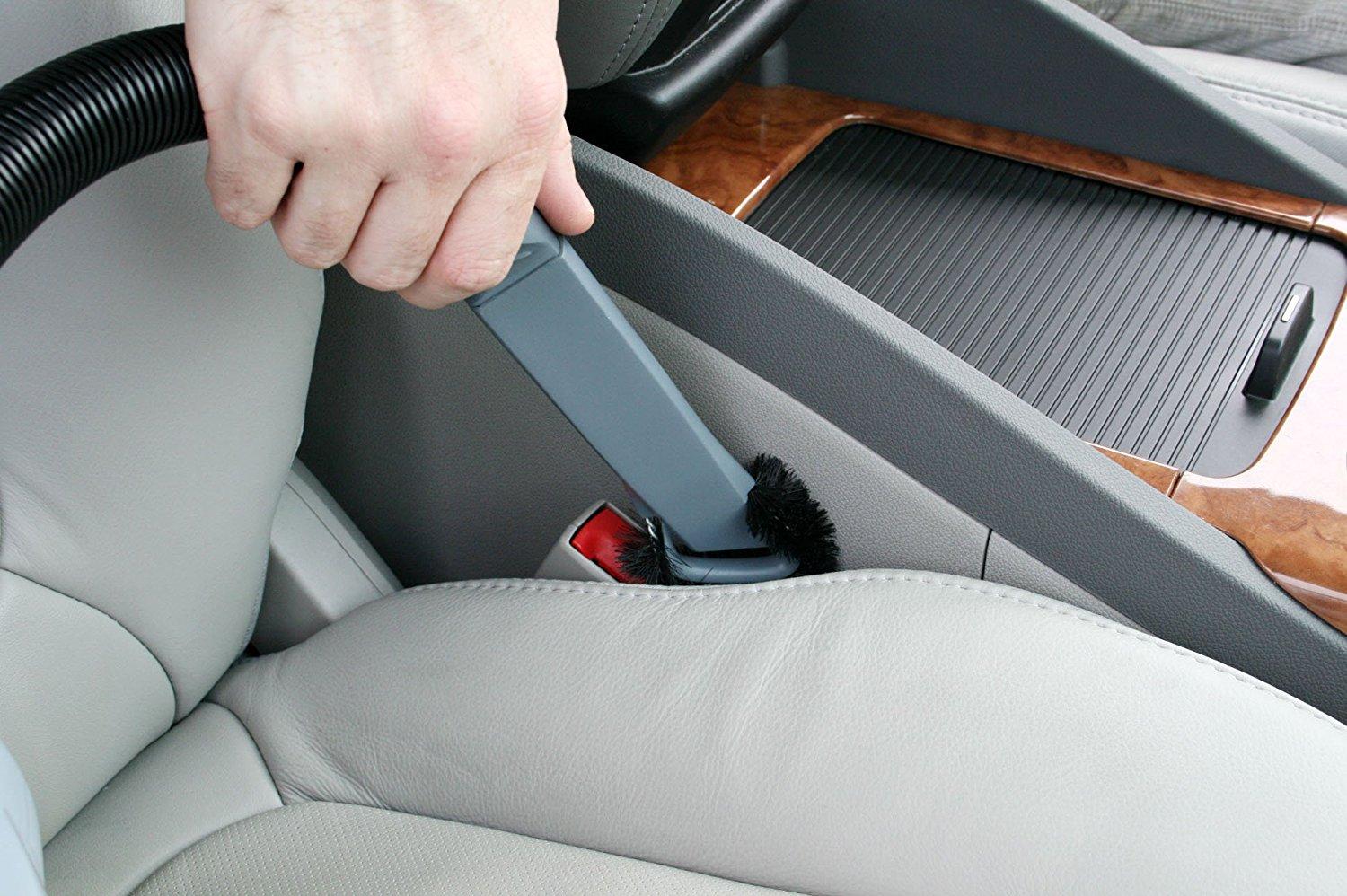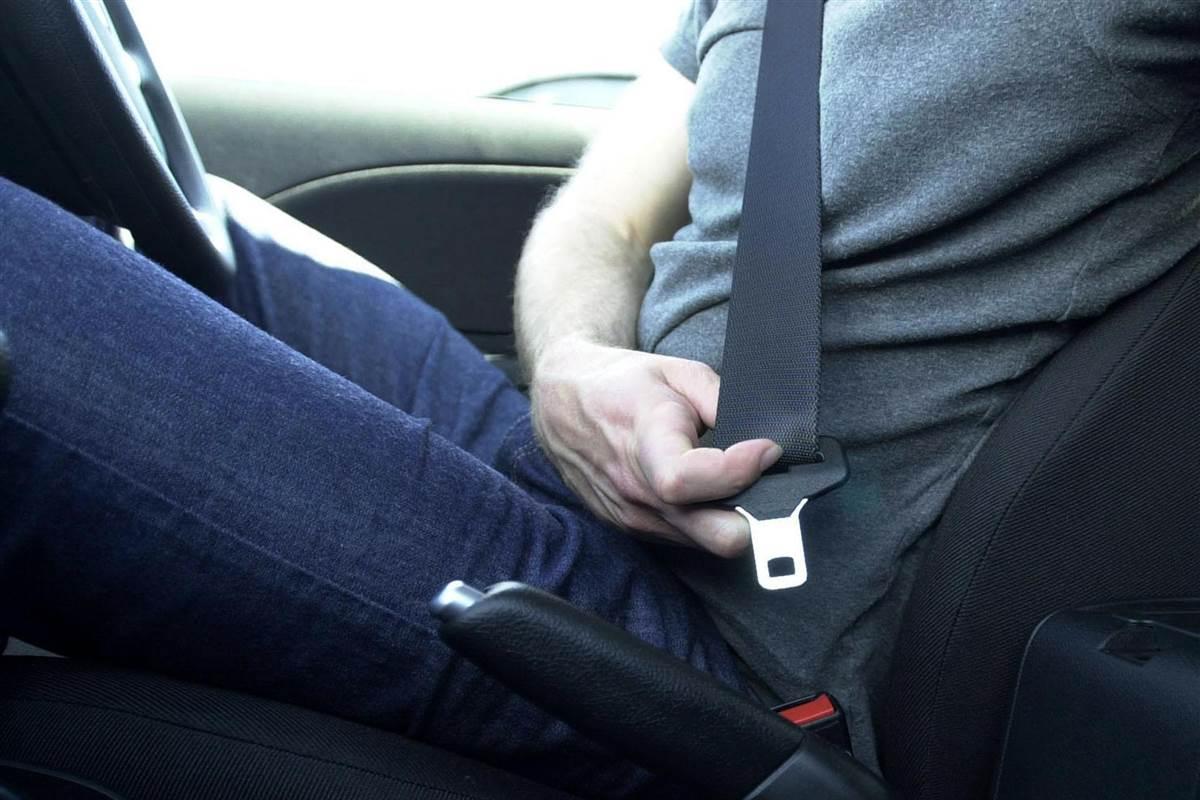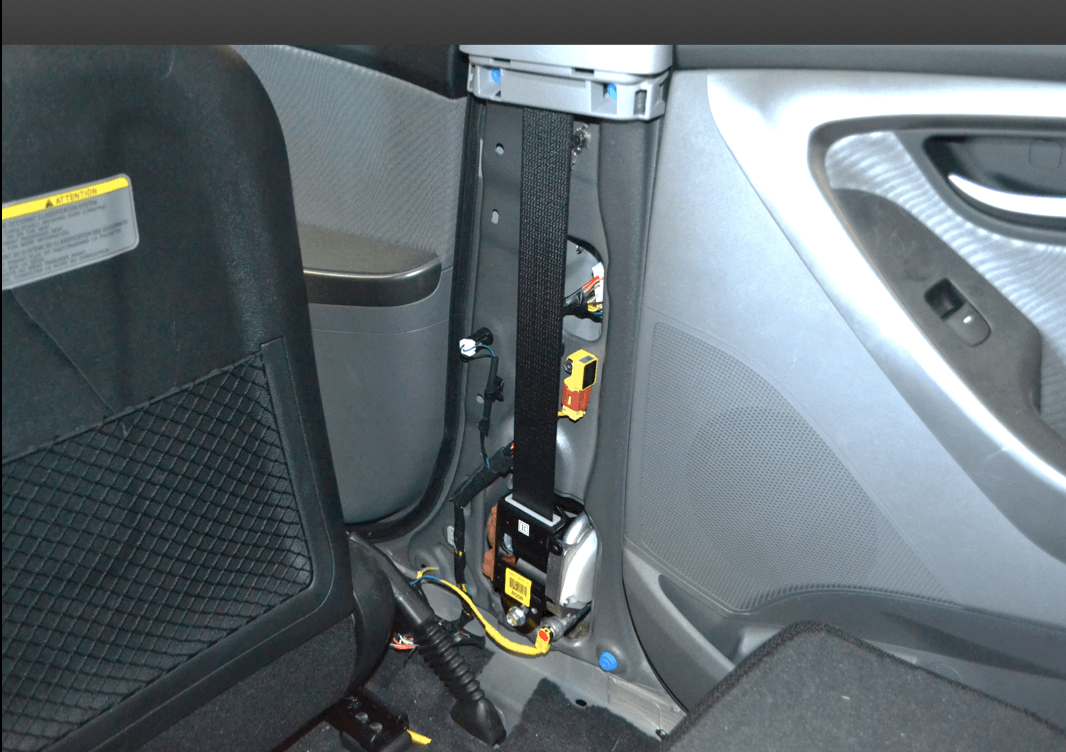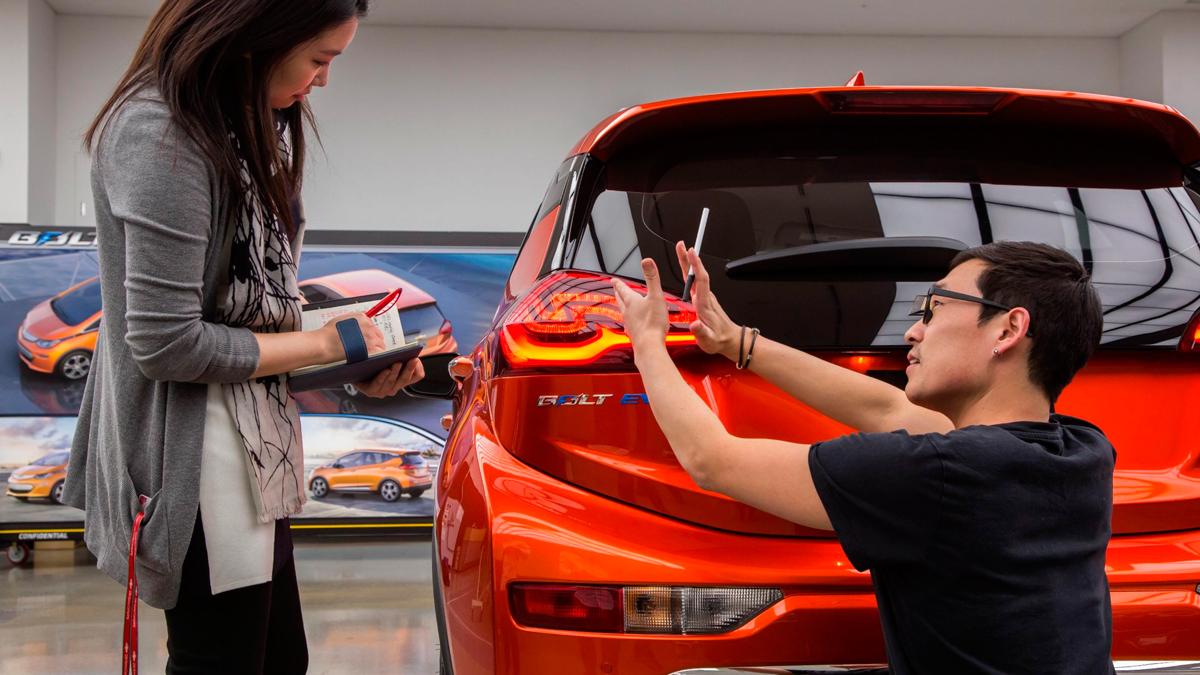Take A Closer Look At How Seatbelts Work
Seat belt is without a doubt the most effective and the most well-known car safety feature. Invented in the mid – 19th century and installed in 1970, this car part saved millions life and drivers. The benefits from seat belt are almost undeniable. Yet, have you ever wondering :”How seatbelts work?”
How Seatbelts Work
If you are asking how a simple rope can save your life from the crash, then you are in the right place. Beside from seat belts safety rules, drivers should know how this car parts save their life:
Detect The Impact

When you got crashed in an accident, it is not just the belt will save your life. It is a combination of several system inside the car that go into operation. This seat belt system triggers to control the energy load, therefore reduce the damage. And detect the impact is the first thing in the list.
Remember when you pull the seat belts suddenly, it also locks? This is the work of webbing sensitive locking part.
In order for the whole system to work, collision sensor plays the key part. As the satellite sensors detect the impact, a signal will send to the Electronic Control Unit (ECU). When the speed of the vehicle suddenly fails, the locking feature will lock the webbing in order to prevent further extraction, that is how seatbelts work.
Sounds complicated, right? Yet the whole impact detecting only happens in 0.003 s.
Evaluation Of The Impact

In the next process, which last 0.012 second, is the job for ECU. After received the data from satellite sensors, ECU processes and analyze the impact. This process must be fast and accuracy, since the results will determine for the system to open airbags or not.
If it is identified as a collision, ECU will send signals to activate a gas emitting devices called pretensioners, which attached to the seat belt.
The Pretensioners Work

In the next 0.02 seconds, the pretensioners remove the slack between the belts and the passengers by pulling the seat belt webbing back. This action will restrain the passengers in retract the seat belt webbing.
How seatbelts work with this detail you might guess? The slack is attached inside the seat belt system and when being removed, this slack will enhance the passenger protection function. In order for the system to absorb motion energy that comes to bear on the passengers, the crushing of the car body must be used effectively.
SEE MORE:
- The Correct Way to Remove A Steering Wheel Airbag
- Carburetor vs Fuel Injection: Which One is the Best?
The Load Limiter Goes Into Action
Before the load limiter are created, most of the accident energy was absorbed by the driver as the belt stretched. This damaged the driver quite badly. Today, car mechanics installed a part to reduce the damage. It is a load limiter.
When accident happened, the shock reaches the drivers, along with the inertial forces which move them forward. The seat belt load limiter will activates at the moment a specified level of weight hits the webbing. This allows the webbing to move away from the housing and reduced the early weight. This car part will absorb a heavy weight burden on the driver.
Energy Of Movement Is Absorbed
Right at this moment, if your car has supplemental restraint system like airbags, it will pop out. And the seat belt has positioned drivers in the most convenience way. Not only keep safety for the drivers, they also keep occupants in place, which is how seatbelts work.
The vehicle crushing, load limiter and airbags will absorbed all the energy of movement. Not only that, they also protect driver’s body and prevent after collision. Airbag also plays a major role in this working system, since it helps restraining and protecting car owners. This action takes 0.18 seconds.














